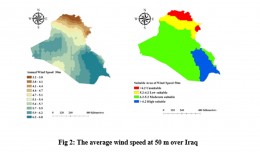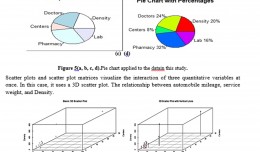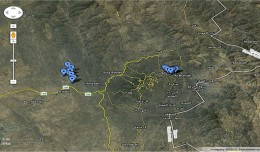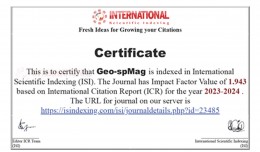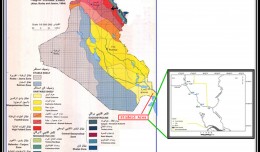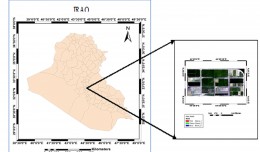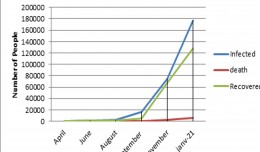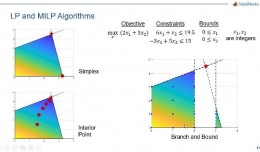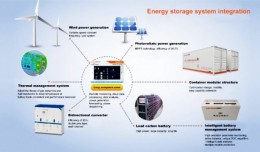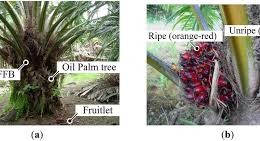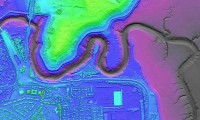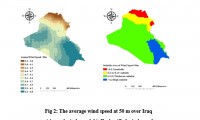Geographic information system (GIS) is a system designed to capture, store, manipulate, analyze, manage, and present all types of geographical data. The acronym GIS is sometimes used for geographical information science or geospatial information studies to refer to the academic discipline or career of working with geographic information systems.In the simplest terms, GIS is the merging of cartography, statistical analysis, and database technology.
A GIS can be thought of as a system—it digitally creates and “manipulates” spatial areas that may be jurisdictional, purpose, or application-oriented. Generally, a GIS is custom-designed for an organization. Hence, a GIS developed for an application, jurisdiction, enterprise, or purpose may not be necessarily interoperable or compatible with a GIS that has been developed for some other application, jurisdiction, enterprise, or purpose. What goes beyond a GIS is a spatial data infrastructure, a concept that has no such restrictive boundaries.
In a general sense, the term describes any information system that integrates, stores, edits, analyzes, shares, and displays geographic information for informing decision making. GIS applications are tools that allow users to create interactive queries (user-created searches), analyze spatial information, edit data in maps, and present the results of all these operations. Geographic information science is the science underlying geographic concepts, applications, and systems.
 English
English  Français
Français  العربية
العربية 




